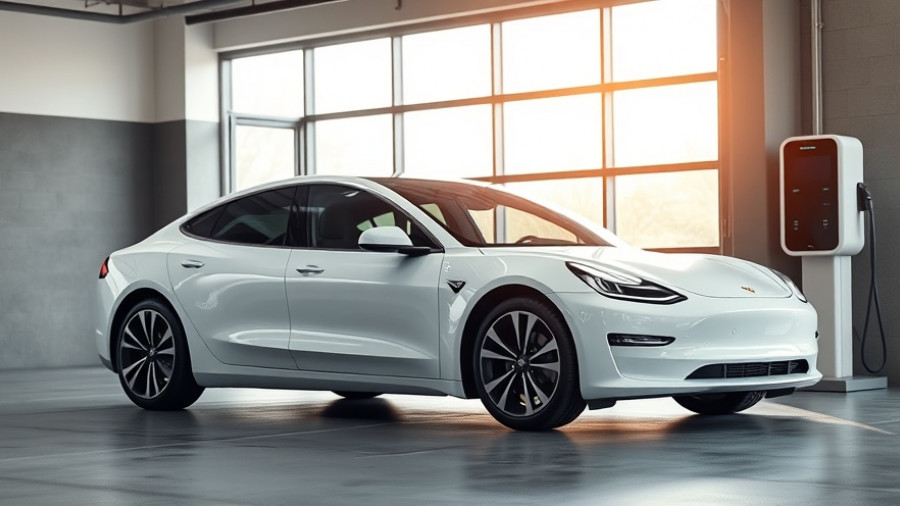
Revolutionizing Energy Storage: Enhancements in Solid-State Battery Technology
As the world strives toward more sustainable energy solutions, recent advancements in solid-state battery technology offer exciting possibilities for homeowners and businesses invested in solar and green energy. Researchers at the Technical University of Munich have achieved a significant breakthrough in lithium-ion conduction, developing a new material that accelerates ion diffusion by over 30% compared to traditional substances. This step forward could play a vital role in enhancing energy storage systems crucial for solar energy utilization.
The Science Behind Lithium Ion Acceleration
Led by Professor Thomas F. Fässler, the research team replaced part of the lithium in lithium antimonide with scandium, creating vacancies in the material’s crystal lattice structure. This engineered approach promotes faster movement of lithium ions, crucial for the efficiency of solid-state batteries. As expressed in the researchers' publication in Advanced Energy Materials, their findings not only advance basic research but also pave the way for novel elemental combinations that could redefine battery efficiency.
Real-World Implications for Solar and Green Energy
The practical implications of this discovery are substantial for industries focused on solar energy and electric vehicle (EV) integration. The fact that solid-state batteries using this new material can conduct both ions and electrons positions them as potential additions to battery cells, promising enhanced performance and stability. With an increasing reliance on renewable energy solutions, the commercialization of such advancements can facilitate grid independence for homeowners looking to harness solar energy effectively.
Production Ease and Thermal Stability: Key Advantages
Beyond just speed, the newly developed material exhibits thermal stability and can be manufactured using established chemical processes. These aspects are crucial for its potential adoption in commercial applications. Imagine solar-powered homes equipped with batteries that not only charge quickly but also endure varying climate conditions effectively, bolstering energy resilience.
Broader Applications: New Class of Energy Materials
The discovery of this innovative class of materials is not just limited to lithium-antimony systems. The researchers highlight applicability across lithium-phosphorus systems as well. This versatility suggests a future where conductivity enhancements could benefit a multitude of applications, potentially impacting everything from electric cars to residential energy storage solutions.
Steps Toward Implementation: The Path Ahead
As promising as this research is, it remains in the early stages of development, and extensive testing is necessary to validate its performance in real-world battery cells. For environmentally conscious homeowners and businesses, staying informed about such advancements will be essential as they explore solar and energy storage options that could redefine their energy use.
Joining the Green Energy Movement
As we transition toward renewable energy solutions, developments in solid-state battery technology, such as those from Munich researchers, represent a significant leap forward. Those interested in solar and green energy should monitor these advancements closely; innovations like these can lead to more efficient energy systems, enabling smoother integration of solar and electric vehicle technologies. It’s an opportune moment to engage with the growing trends in green energy and consider how these innovations can contribute to sustainable living.
Are you interested in exploring how to utilize these technologies in your own energy solutions? The advancements in solid-state batteries may just be the key to unlocking even greater potential in the green energy movement. Keep learning and stay connected to take advantage of new opportunities.
 Add Row
Add Row  Add
Add 



Write A Comment